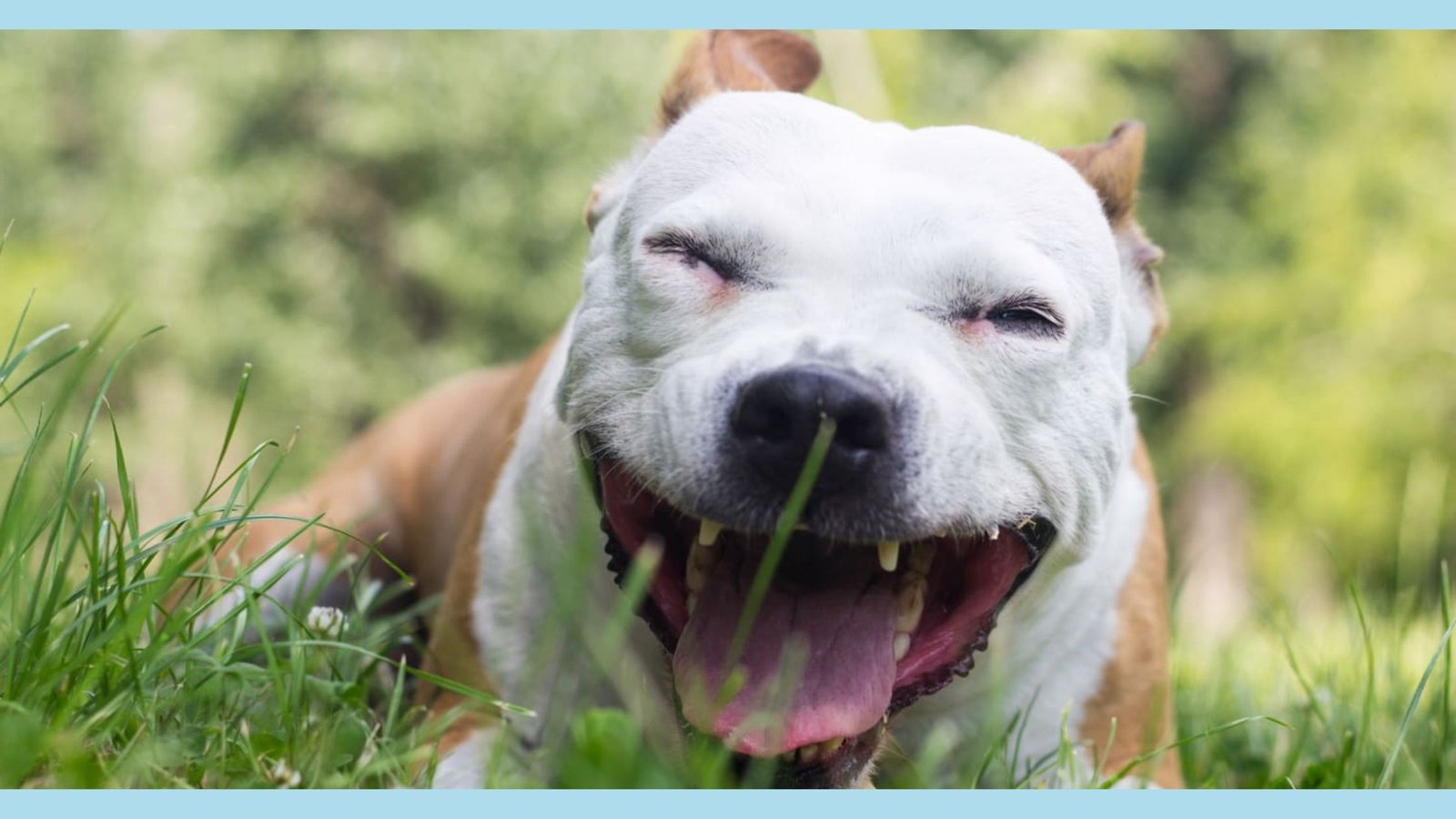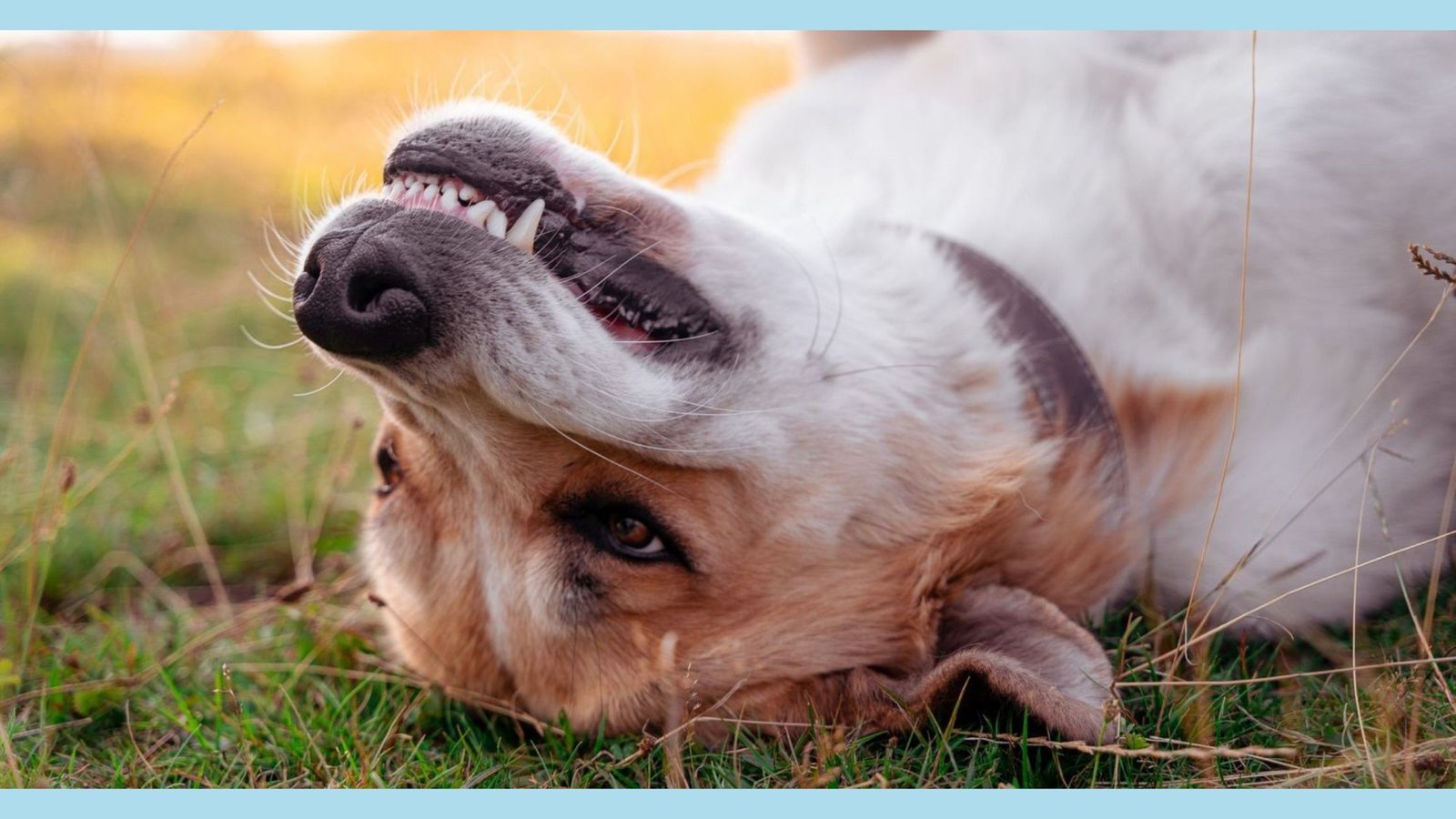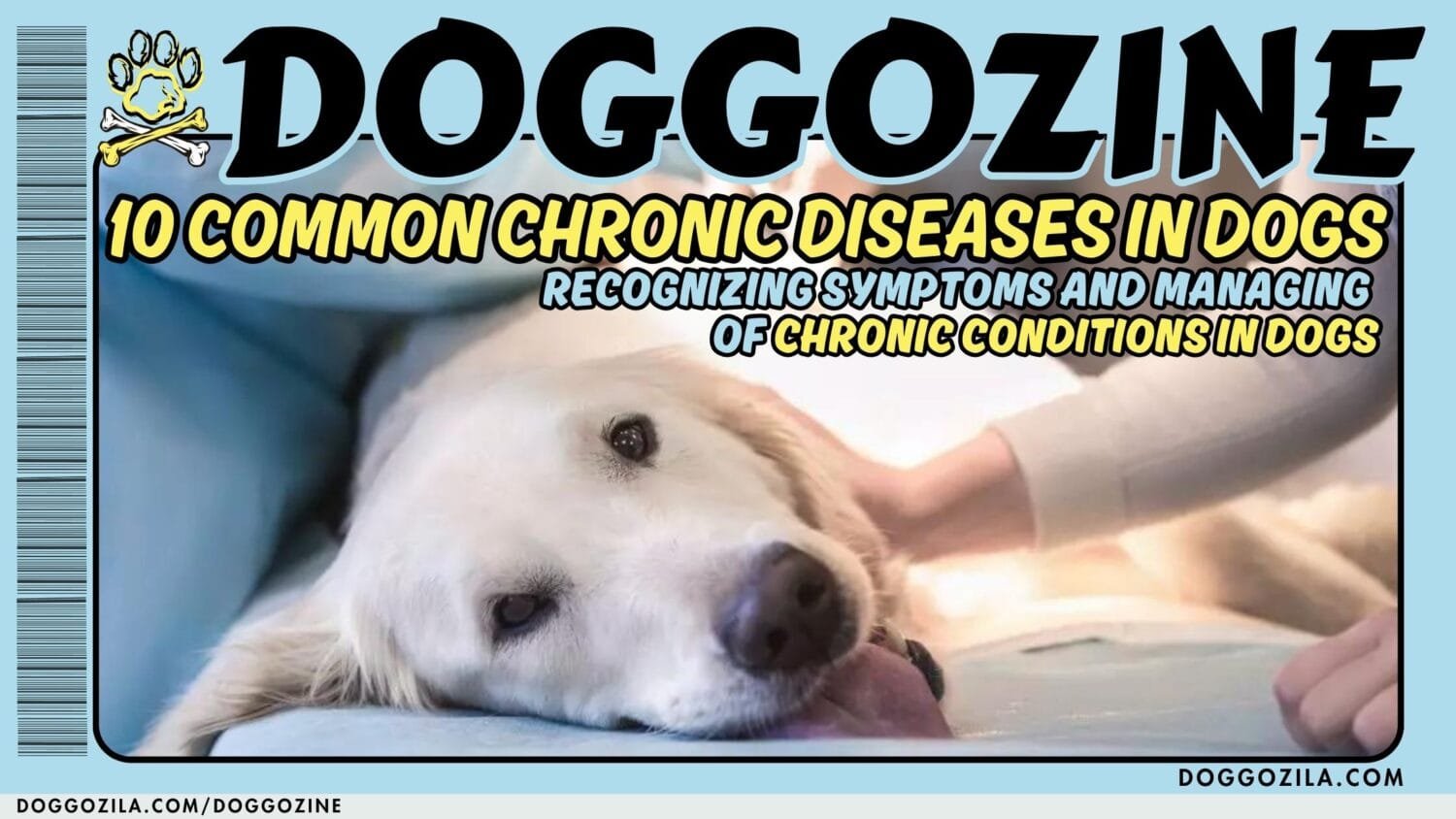Dogs have been our loyal companions for thousands of years, providing us with love, comfort, and unwavering loyalty. One of the most endearing aspects of their companionship is their expressions. But do dogs actually smile, or is it something we anthropomorphize onto them? So, how can I tell if my dog smile?

CAN YOU TELL WHAT IS BEHIND THE ENIGMA OF THE DOG SMILE
Let’s delve into the fascinating world of dog expressions, exploring whether dogs really smile, the science behind their facial expressions, and what these expressions can tell us about our four-legged friends. Read this article if you wonder how can I tell if my dog smile. Dogs have a unique ability to communicate with us through body language and facial expressions. Many dog owners have experienced moments that feel like their furry companions are smiling at them. These expressions, if indeed smiles, can convey a range of emotions, from happiness to submission.
Deciphering Dog Facial Expressions
Understanding whether dogs actually smile requires a closer look at their facial expressions.
This is what you should consider:
- The Dog’s Mouth: When a dog appears to be smiling, their mouth is relaxed and slightly open. This can resemble a human smile, with the corners of the mouth turned upward. Bared teeth in dogs can indicate aggression or fear, which is not a smile.
- The Eyes and Eyebrows: A relaxed, content dog often has soft eyes, which are not tense or wide. Raised eyebrows can be a sign of alertness or curiosity but not necessarily a smile.
- Ear Position: Happy dogs often hold their ears in a neutral position or slightly forward. Pinned-back ears may indicate fear or submission, not a smile.
How To Tell If My Dog Smile?
- The Human Interpretation: We tend to interpret dog expressions through our own emotions and experiences. When a dog’s mouth curves upward and they seem relaxed, we often describe it as a smile. This interpretation reflects our deep emotional connection with our canine companions.
- Scientific Perspectives: Scientifically, dogs don’t smile in the way humans do. Their facial anatomy is different, and they don’t express emotions in the same nuanced way we do. However, their expressions do change in response to their emotional states.

LEARN HOW TO TELL THE MEANING BEHIND EVERY DOG SMILE
While dogs may not smile in the human sense, their expressions convey a range of emotions!
Happiness and Joy
A relaxed, open-mouth expression in a dog can be a sign of happiness.Wagging tails and playful behavior often accompany this expression.
Submission and Appeasement
Dogs may display a “smile” as a way of appeasing a dominant individual, indicating submission. In these cases, the “smile” is a way to defuse a potentially tense situation.
Playfulness
When dogs are in a playful mood, they may exhibit a relaxed expression that resembles a smile. Play bows, where the front end of the body is lowered while the hind end is raised, often accompany this expression.
Stress and Anxiety
In some cases, a “smile” can be a sign of stress or anxiety, especially if the rest of the body language indicates discomfort. Dogs may bare their teeth in these situations, which can be misinterpreted as a smile.

FACTORS INFLUENCING DOG’S FACIAL EXPRESSIONS
Several factors can influence a dog’s facial expressions!
Dog Breed Variations
Different dog breeds have varying facial structures that can affect the appearance of their expressions. Breeds like the Boxer and Staffordshire Bull Terrier are known for their prominent underbites, which can give the appearance of a perpetual “smile.”
Individual Personality
Just as the humans, dogs are unique too. Some dogs may naturally exhibit more “smiling” expressions, while others may be more stoic.
Social Context
The social situation and interactions with other dogs and humans can influence a dog’s facial expressions. A dog may “smile” as a sign of submission during social interactions.

LET US TELL YOU ABOUT DOG COMMUNICATION BEYOND THEIR SMILE
Dogs communicate through a complex language of body signals. Understanding their expressions goes beyond just identifying smiles. Tail wagging, ear position, body posture, and vocalizations all play a role in dog communication.
Let Us Tell You The Answer Of Your Next Question: Can You Make Your Dog Smile?
While you can’t make your dog smile in the human sense, you can create an environment that promotes happiness and relaxation for your furry friend. Regular exercise, mental stimulation, social interactions, and a loving home can all contribute to a content and “smiling” dog.
The Beauty of Understanding Dog Expressions
Deciphering dog expressions, including whether they smile, is a testament to the deep bond and connection we share with our canine companions. While dogs may not smile as we do, they certainly express a wide range of emotions through their body language and facial expressions.
Understanding and responding to these cues is an essential aspect of responsible dog ownership. While dogs may not smile in the human sense, they possess a rich and nuanced range of expressions that communicate their emotions. These expressions are a beautiful testament to the depth of the human-canine bond.
By understanding and respecting your dog’s expressions, you can ensure a happy and harmonious relationship with your four-legged friend. If you are a dog owner as we are, hopefully answer the question as we ask at the beginning of this article: How can I tell if my dog smile.

LET US TELL YOU THE MOST EXPRESSIVE DOG BREEDS WITH BIGGEST SMILE
Dogs have an incredible ability to communicate their emotions and thoughts, not just through barks and tail wags, but also through their facial expressions and body language. Some breeds are particularly known for their highly expressive nature. Further in this article, we’ll delve into the most expressive dog breeds, decoding their communication signals and unique traits. By exploring the nuances of these breeds, we can gain insight into dog expressions and behaviors.
Labrador Retriever
The labs are known for their friendly and expressive nature. Their expressive faces often mirror their joyful and enthusiastic personalities.
German Shepherd
German Shepherds are not only intelligent but also incredibly expressive. Their alert and attentive faces convey their keen intelligence and loyalty
Golden Retriever
Golden Retrievers are known for their affectionate and gentle disposition, reflected in their expressive eyes and friendly smiles.
Boxer
Boxers possess an exuberant and playful nature, evident in their highly expressive faces. Their wrinkles and raised eyebrows often showcase their curiosity and enthusiasm
Cavalier King Charles Spaniel
Cavalier King Charles Spaniels have large, soulful eyes that express their affectionate and gentle temperament. Their facial expressions often convey a sense of warmth and friendliness.
Dachshund
Dachshunds may have a small stature, but their expressive faces are full of character. Their long bodies and expressive eyes often portray their playful and sometimes stubborn nature.
A Quick Summary on How Can I Tell if My Dog Smile
Dogs communicate through a rich tapestry of expressions and body language, making certain breeds particularly notable for their highly expressive nature. Understanding these breeds and their communication signals allows us to appreciate the depth of canine emotions and behaviors.
While the mentioned breeds are among the most expressive, it’s important to note that each dog, regardless of breed, has its unique way of expressing emotions. By paying attention to their cues and expressions, we can strengthen the bond between humans and our furry companions.
The owners of these breeds can answer the most of the asked question: How can I tell if my dog smile as they see them every day their doggy faces expressing some weird faces.
Decoding the language of our expressive canine friends provides us with a deeper appreciation for their emotions, fostering a stronger connection between us and our beloved pets. By recognizing and celebrating the expressiveness of these breeds, we can better understand the unique ways dogs communicate with us.
We recommend The Smiling Dogs, the 10th pulp magazine story to feature The Avenger.
Written by Paul Ernst, it was published in the June 1, 1940 issue of The Avenger magazine.









